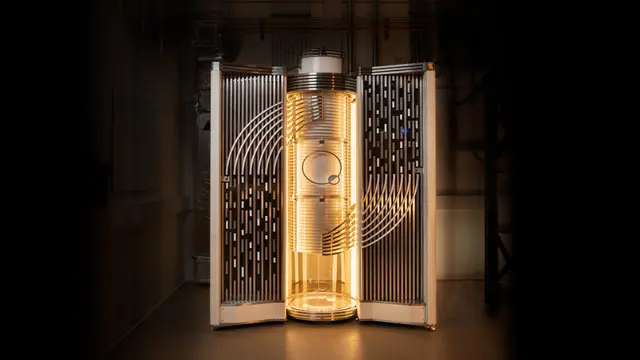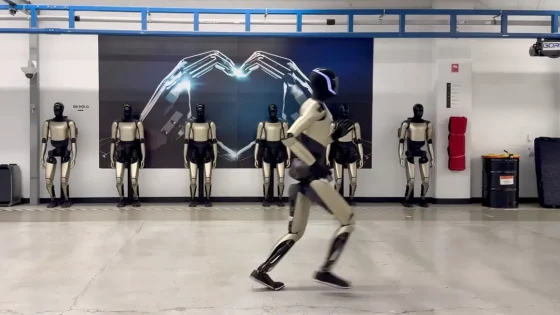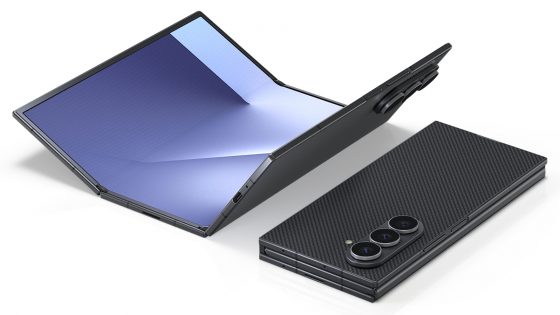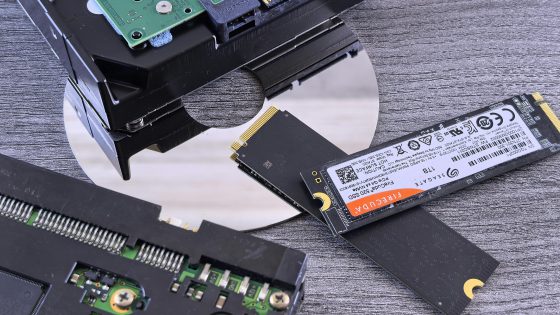The first quantum computer made of silicon is already in the data center!

British startup Quantum Motion has achieved a major breakthrough in quantum computing by developing the first complete quantum computer made from silicon technology, the same technology found in smartphones and laptops.
The London-based company unveiled the system at the National Quantum Computing Centre (NQCC) in the UK. It is the first quantum computer built using the standard CMOS (complementary metal-oxide semiconductor) process used to make conventional computer chips.
Silicon architecture for mass production
A key element is the development of cryoelectronics, which connects quantum bits (qubits) to control circuits at extremely low temperatures. This enables significant scalability of quantum processors. “This is a silicon moment for quantum computing,” said CEO James Palles-Dimmock. “We have demonstrated that it is possible to build a reliable quantum computer with mass-produced technology.”
Modular design for data centers
The system includes quantum processing units (QPUs), a user interface, and a control stack that supports industrial frameworks such as Qiskit and Cirq. It occupies only three 19-inch wide server racks, which house the cooling system and control electronics. This is ideal for data centers.
NQCC Director Michael Cuthbert emphasized that the modular design allows for upgrades to larger QPUs without changing the physical size of the system. “We are excited to begin testing and seeing how real-world applications will adapt to this silicon architecture,” he said.
Industrial production of qubits
Unlike other approaches, Quantum Motion uses industrial 300mm chip fabrication processes in commercial qubit factories. The architecture is designed to scale to millions of qubits, paving the way for commercially viable quantum computing.
“With the delivery of this system, we are on track to bring usable quantum computers to market this decade,” added President Hugo Saleh.
The QPU is based on a slab architecture that combines computation, read, and control in a dense, repeatable pattern. This effectively allows for future expansion without increasing the physical size of the system.






























